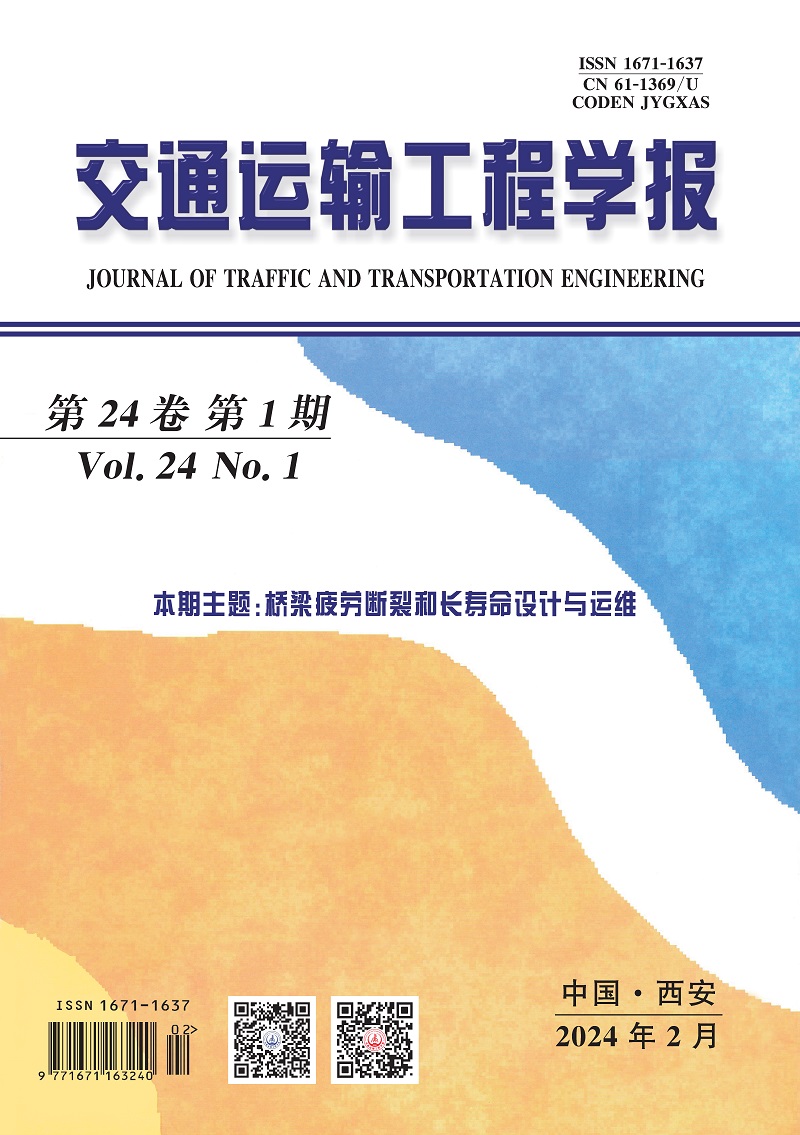2003 Vol. 3, No. 2
Display Method:
Abstract:
2003, 3(2): 1-6.
Abstract:
2003, 3(2): 7-10.
Abstract:
2003, 3(2): 11-17.
Abstract:
2003, 3(2): 18-21.
Abstract:
2003, 3(2): 22-26.
Abstract:
2003, 3(2): 27-30.
Abstract:
2003, 3(2): 31-33, 87.
Abstract:
2003, 3(2): 34-39.
Abstract:
2003, 3(2): 40-44.
Abstract:
2003, 3(2): 45-47.
Abstract:
2003, 3(2): 48-52.
Abstract:
2003, 3(2): 53-56.
Abstract:
2003, 3(2): 57-60.
Abstract:
2003, 3(2): 61-64.
Abstract:
2003, 3(2): 65-68.
Abstract:
2003, 3(2): 69-74.
Abstract:
2003, 3(2): 75-79.
Abstract:
2003, 3(2): 80-83.
Abstract:
2003, 3(2): 84-87.
Abstract:
2003, 3(2): 88-92.
Abstract:
2003, 3(2): 93-95.
Abstract:
2003, 3(2): 96-99.
Abstract:
2003, 3(2): 100-105.
Abstract:
2003, 3(2): 106-112.
Abstract:
2003, 3(2): 113-116.
Abstract:
2003, 3(2): 117-119.
Abstract:
2003, 3(2): 120-123.
Abstract:
2003, 3(2): 124-126.




